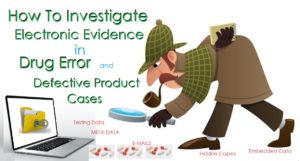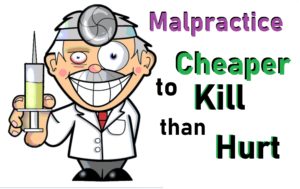Stevens-Johnson Syndrome
What is Stevens-Johnson Syndrome? [1]
- Stevens-Johnson Syndrome is considered a medical emergency which requires immediate treatment in a hospital. Typically, Stevens Johnson results from a reaction to medications or infections.
- Stevens-Johnson Syndrome (SJS) is a serious condition affecting the skin, mucous membranes, or the thin wet layer of tissue inside of the body, such as the lining in of the genitals, eyes, nose, throat and stomach areas.
What are the symptoms of Stevens-Johnson Syndrome?
- Stevens-Johnson Syndrome starts out with flu-like symptoms which may include fever, chills, muscle aches, cough, congestion, burning eyes, runny nose, headaches, and fatigue. The flu-like symptoms are followed by purplish rash that spreads.
- These areas become inflamed and develop into hives or a purplish rash that appears on the skin. The skin rash can spread within hours to a few days from the face to torso. It can also spread to the rest of the body.
- Once the rashes cover enough of the body, the skin starts to die and separate from its bottom layer (dermis) and start to peel away leaving the bottom layer of the skin exposed. The exposed bottom skin layer is vulnerable and at risk for serious skin infections.
- Other symptoms include swelling of the face and tongue. Symptoms can get worse and continue to spread within hours following when the reaction first started:
- swelling of the face and tongue,
- a blistering rash of the mucous membranes inside of the mouth, eyes, nose and genitals as well as the top layer of the skin starting to peel.
- If the rash takes covers 30% or more of the patient’s skin, it is classified as Toxic Epidermal Necrolysis or abbreviated as T.E.N..
- Recovery from SJS or TEN’s can take a long time, much of the recovery period may be spent in the hospital.
How Bad can Stevens-Johnson Syndrome get?
Complications such as a severe blood infection can lead to death. Patients who survive may end up with permanent disabling scarring of the skin and/or mucous membranes, vision problems, light and temperature sensitivities to name a few.[2]
How is Stevens-Johnson Syndrome Treated?
- Stevens-Johnson Syndrome treatment starts by removing the medication or infection that is its underlying cause.
- Other treatments are symptomatic, helping control symptoms such pain and preventing infections.
How long does it take to heal from Stevens-Johnson Syndrome?
- After a patient is hospitalized for SJS, recovery should be expected to last weeks to months, this depends on how severe the reaction was to the medication or infection.
- From this point on, if a medication was the cause of the SJS, the patient will have to avoid the medication or medications which are similar or related.
- Remember, the harmful medication was prescribed to the patient to treat a condition. This condition still needs to be treated. The patient’s weakened condition, and the inability to treat with that-particular-class of drugs can cause particular life-threatening complications.




